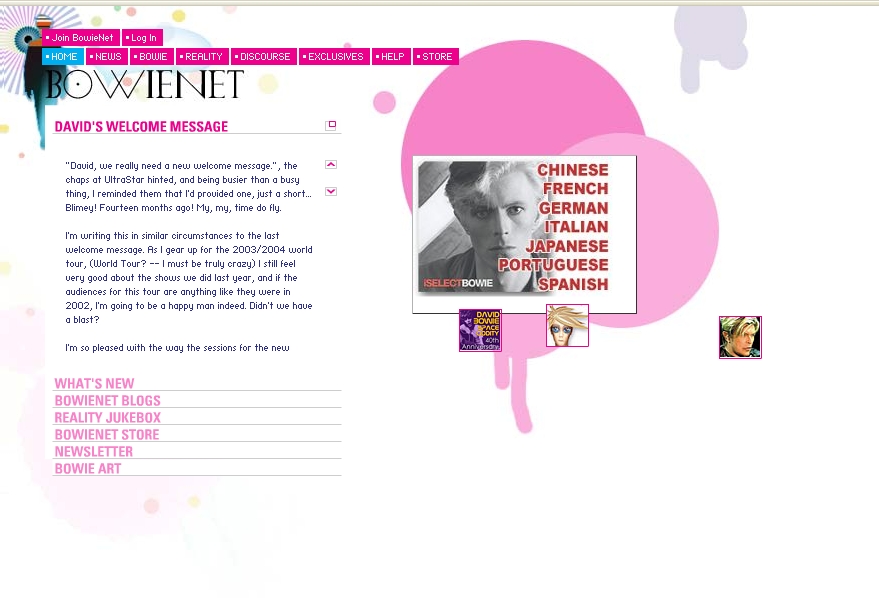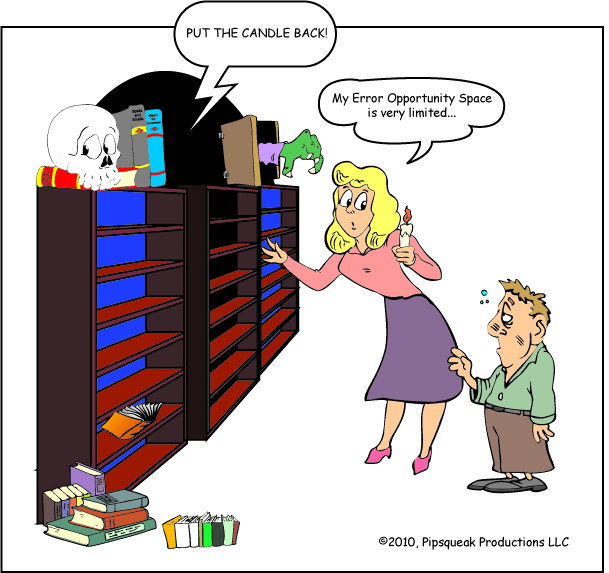Buerk, R. (2010). “Ringtone Therapy Sweeping Mobile Phone-Mad Japan.” Retrieved 23. August, 2010: http://news.bbc.co.uk/1/hi/world/asia-pacific/8591845.stmhttp://news.bbc.co.uk/1/hi/world/asia-pacific/8591845.stm Summary: Buerk lets the world in on a new craze sweeping across Japan—a country known for being on the frontier of technological innovation. What’s the craze? Ring-tone therapy! The Japan Ring Tone Laboratory run by Matsumi Suzuki is producing ring-tones which they claim have therapeutic uses. One such tone touts the ability to dislodge pollen from a user’s nose by holding the handset to the nose while the ring-tone plays, another can help one lose weight, and another helps insomniacs fall asleep. Index, Japan’s mobile phone content provider acknowledges there is no proof that these therapeutic ring-tones actually work, but they note that people must believe in their effectiveness due to the large amount of downloads. The therapeutic ring-tone works by playing a tone emitted from the handset of the cell-phone. Depending on the ring-tone the therapeutic effect is different. If one has allergy problems, they can download and play a ring tone, place it up to their nose and it will in principle dislodge the pollen from the nose, reducing allergy symptoms. If one is having sleeping problems, another ring-tone once downloaded onto the cell…
Interaction Design
How does the product do it?
Conceptual Design, Contributor, Ethnographic & User Data, Interaction Design, Interface Design, Users
Study: Long Road to Adulthood Is Growing Even Longer
by Theresa Bruketta •
Cohen, P. (2010). “Long Road to Adulthood Is Growing Even Longer.” The New York Times. Retrieved on 23 June, 2010. http://www.nytimes.com/2010/06/13/us/13generations.html Summary: Recent studies and surveys reveal the shift to adulthood in the United States is occurring later in life and that traditional markers of such a transition are also being reconsidered. Finishing one’s education, becoming financially independent – these milestones are still associated with people in their late teens and early twenties. However this article suggests these milestones, for many people, are now not being met even in their 20s or 30s. Marriage and having children are happening much later in life on average or are not happening at all. While getting married or having children is now more commonly viewed as a lifestyle choice, pursuing higher education is more common than ever before. Pursuing more education and professional opportunities are cited as factors in causing this shift. As the average age for one’s first marriage has shot up across all ethnic and income groups, the number of children born outside of marriage is at 40 percent, up from 28 percent in 1990 showing that this shift is broad and it’s redefining adulthood not only in terms of when…
Conceptual Design, Contributor, Interaction Design, Perception, Product Design Strategy, Users
On “The Sweet Smell of Morality”
by mwaters •
Humphries, C. (2010). “The Sweet Smell of Morality.” Boston Globe Online, Boston.com. Retrieved on 23 June 2010: http://www.boston.com/bostonglobe/ideas/articles/2010/02/14/the_sweet_smell_of_morality/ Summary: Scientist and Marketers are paying closer attention to the sense of smell. It appears that while once believed subpar to other human senses, the power of smell is being reevaluated. Some studies suggest smell has the power to influence social and moral behavior. Recent findings have found that clean smells perpetuate favorable behavior in instances where someone is in need of help or assistance. This suggests that smells, known for their influence on emotion and memory, might also have an effect on thought. Additional studies have shown that consumers shopping habits, such as where to shop and how much to buy, are influenced by smell, having more to do with choice than mood. Using smell as a lure might sound manipulative, yet some researchers claim we are aware of scents and are not deceived by them. Marketers are currently looking into ways to incorporate smells into brand recognition. It’s possible for humans to undergo training to perfect their sense of smell. As more knowledge comes about regarding smell, and the complexities of this sense are realized, consumers can expect to be…
Cognitive Blindness, Conceptual Design, Contributor, Ethnographic & User Data, Interaction Design, Interface Design
Women Easier to ‘Read’ Than Men
by Valerin •
BBC Staff. (2009). “Women’s Traits ‘Written on Face’.” BBC News. Retrieved on 22 June, 2010. http://news.bbc.co.uk/2/hi/uk_news/scotland/glasgow_and_west/7884223.stm Summary: This article is about the findings of a Glasgow University and New Scientist study carried out by Dr. Rob Jenkins of Glasgow University and Professor Richard Wiseman of the University of Hertfordshire. The study examined the extent to which personality traits could be identified from people’s facial features. The results suggest that women’s personality traits can be more easily identified via facial features than men’s personality traits. These results were surprising (Dr. Jenkins is quoted as saying “We did not expect there to be such a big difference between the sexes.”) and may offer some insight for future research on the link between a person’s physical appearance and his/her personality. Over 1,000 New Scientist readers participated in the study which consisted of a photograph (in which, like a passport photo, the participant is looking directly at the camera) submission and an online personality questionnaire listing four personality dimensions: lucky, humorous, religious, and trustworthy. Participants rated how they believed they fit into the four personality dimensions, and the extremes of these ratings (for example, those who are “very lucky” and “very unlucky”) were identified and grouped…
Attention, Conceptual Design, Contributor, Interaction Design, Interface Design, Personality, Product Design Strategy, Users
Ch-ch-ch-ch-changes: Interview with David Bowie
by AnneMalhotra •

Nash, K. (1999). “Ch-ch-ch-ch-changes: Interview with David Bowie.” ComputerWorld. Retrieved August 1, 2001: http://www.computerworld.com/cwi/story/0,1199,NAV47-STO39387,00.html The is a screen shot of David Bowie’s Home Page as it appeared on June 24th, 2010. In this interview, David Bowie, a musician and philosopher, shares his view of the Internet and how it may evolve and influence society but also the music industry over time. His depiction of his website serves as a starting point to his argument. The individualized portal, BowieNet – where he chats with fans on daily basis and keeps a personal journal – is telltale when it comes to his approach to the net. As a matter of fact, Internet is a huge decentralized village in Bowie’s point of view. The portal – by enabling the creation of online personas and by providing links to all the fan blogs on him – offers the opportunity to foster a village-like facet of internet with a free circulation of information and a sense of community built around him and his music. In fact, such interaction enables, according to Bowie, a new way of knowing people. He confesses that he likes to take on other names to simply observe what happens in the…
Conceptual Design, Contributor, Cultural Differences, Interaction Design, Interface Design, Product Design Strategy, Users
Can Design Change the World?
by Andrea Carroll •
Tanneeru, M. (2009). “Can Design Change the World?” CNN online. Retrieved June 23, 2010. http://edition.cnn.com/2009/TECH/11/06/berger.qanda/index.html Summary: CNN talks to Warren Berger, who wrote the book “Glimmer: How Design Can Transform Your Life and Maybe Even the World” about how greater communication through design can change the world. He shies away from speaking of this change in grandiose terms, seeking to differentiate his idea as one that stems from design’s problem-solving capabilities on a case-by-case basis. Berger asserts that design, at its core, is more than making products or spaces look good, but rather, it seeks to identify a problem or an unaddressed need and solve it through a trial-and-error process. It involves studying people and the way that they live to pinpoint ways in which their lives could be made better. This is done through much brainstorming, prototyping, and audience testing. The Internet has drastically changed the ways in which designers work, collaborate, and even identify themselves as designers. Widespread access to information has meant that knowledge can be passed on from one person to another at a quicker rate—meaning that one person’s mistakes can be learned from and not repeated. Social networking groups allow designers to connect to share…
Cognitive Blindness, Conceptual Design, Errors, Interaction Design, Interface Design, Pipsqueak Articles, Scaffolding, Users
Error Opportunity Space
by Olga Werby •

Confronted with one “True or False” question, an individual has a very small error opportunity space: three. There are three possible responses: true, false, or no answer. “No answer” will always be wrong, a betting man should choose one of the possible answers. But unfortunately situations where the error opportunity space is so narrow are rare. And in the real world, dealing with real problems, these spaces tend to be very large. Note that the size of the error opportunity space, EOS, makes no representations about the consequences of getting the problem right or wrong (or partially right or wrong). When the stock market tanked on May 7th, people involved in that process had a very large EOS. A week out, experts and participants are trying to figure out what went wrong and how to limit similar incidents in the future—they are trying, in effect, to drastically reduce the error opportunity space. This is a job of product designers. By analyzing the goals of the users and the system’s constraining variables, we can come up with conceptual design, interaction design, and interface design that would address the problems that were exposed on May 7th. Coming up with a solution is…
